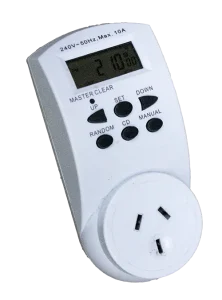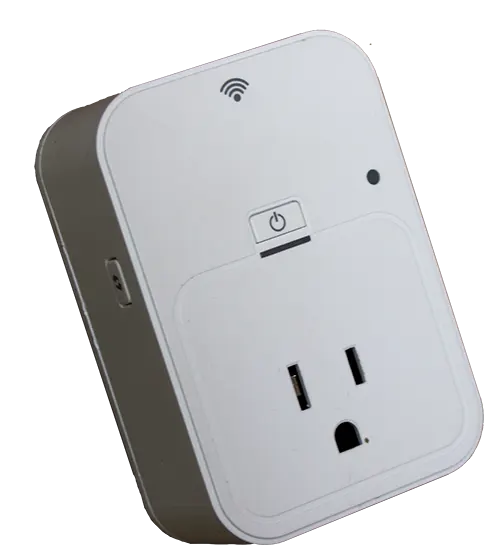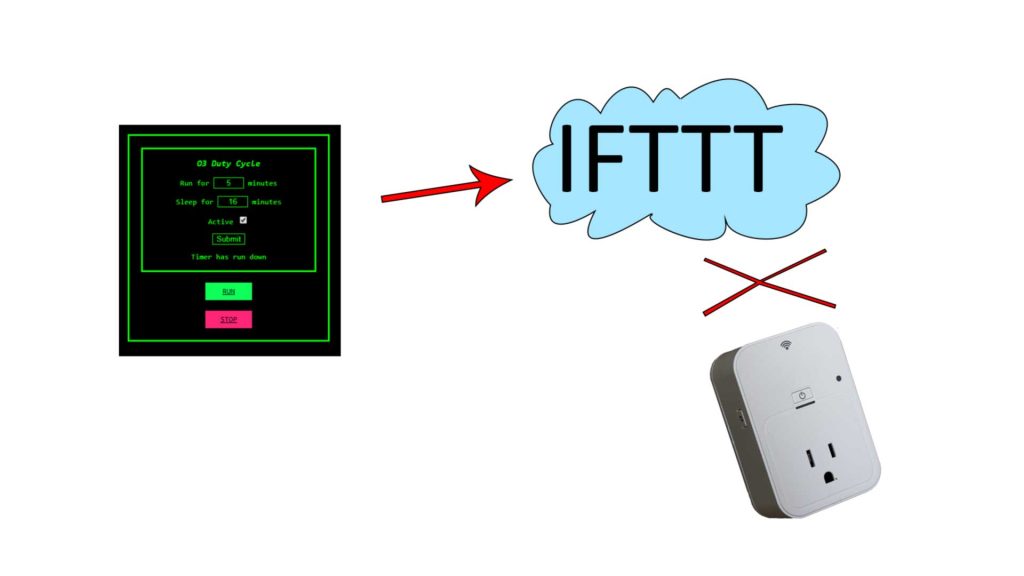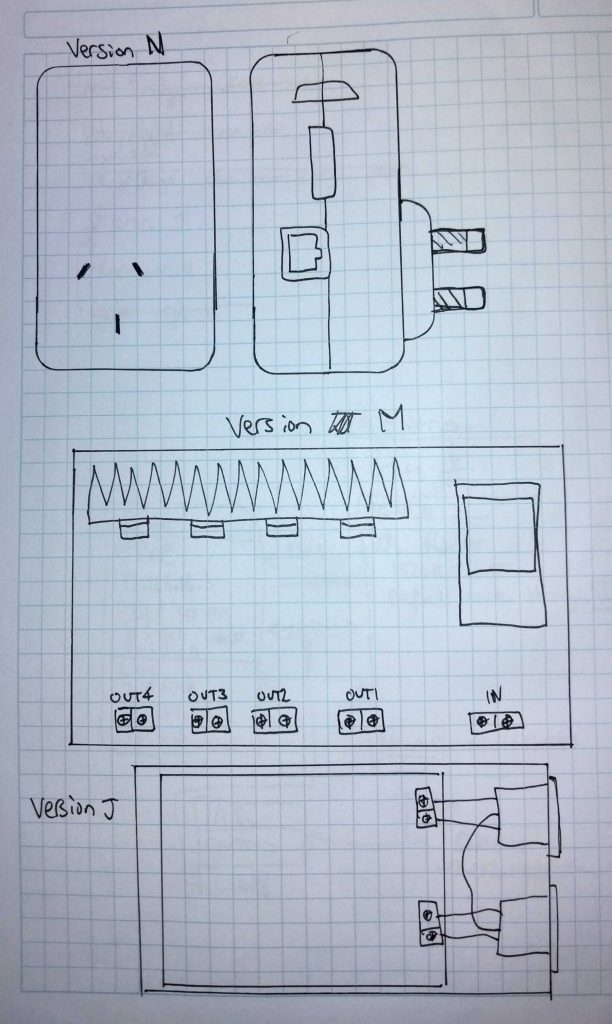other site version:
new.socketcontroller.com
Premise
Just for a second, I’m going to rant about a philosophy which bugs me, and that is the shallow and short sighted ‘planned obsolescence’ mindset we often see in our world. Justified on the basis of needing to keep the money coming in… holistically speaking, such a system is out of alignment with the organic design of nature around us. While we may not ‘have time’ to take a step back and debug the core issues of societal systems, or indeed may become resigned to a sense of futility, lost in the forest of a poorly optimised economic paradigm…

Indeed many do represent a spirit of activism, fighting for humanity in a timeless battle of ego greed, where the metric of success is a lie, some futile attempt of fulfilment in a paradigm of scarcity…
What is hope then? What separates the human spirit from the mundane? What is truth really? If we believe in a lie, and destroy any potential of the flourishing light of true creation, do we then make true a lie?
When I see systems lacking optimisation, perhaps like most, instinctively I desire to resolve a more ideal solution. Enter Peru, 2020.
Prelude
I was staying in a room on Av. Petit Thouars, in Lima, Peru. Each day during peak hour, the smell of engine exhaust would filter in as a mild irritant, one of the few things I didn’t love. At the time I was studying the use of energised oxygen in a book: Flood Your Body With Oxygen. When I would go to the local supermarket, I remember smelling ozone, and being impressed at the use of this technology, the seafood section smelled fresh and inviting. I went ahead and purchased an ozone generator from Amazon.
The issue with this device was concentration. After a few seconds there was plenty of ozone. Here began a rabbit hole.
WiFi Smart Switch Devices
I needed an outlet timer, except with fine grained resolution. The best I could find locally was a digital outlet timer, with 1 minute as the smallest interval.
This wouldn’t cut it.
I knew of WiFi Smart Outlet devices, although I had my doubts one of these would fit the requirements


Genesis
I found the capabilities of the Smart Switch device I bought to be limited.
The function I required is known as a Cycle Timer. This is where I began to see opportunity for innovation.
Most all Smart Switch devices operate as WiFi controlled switches, through various cloud based systems. The device I bought offered a protocol called IFTTT which allowed cloud control.
Since the native app for the device wasn’t really capable of what I wanted, I went ahead and designed my own solution.


Limitations
After developing what I hoped would be a solution, I found several critical issues. The use of this protocol, IFTTT did not offer feedback on control signals. In other words, my server would know that a message had successfully been sent to the IFTTT cloud service, although whether that message was then passed through to the device successfully by the proprietary cloud connection of the device manufacturer, was unknown. With my smart switch being some distance from the nearest WiFi router, and on a sometimes unreliable WiFi network, this meant that sometimes control messages would simply fail. Obviously unacceptable in my use case, or really any.
Obsolescence
Further, not too long after purchasing this Smart Switch, it was retired by the manufacturer, that meaning that the app no longer worked. Again, frustrating, and something I found unacceptable.
Solution
I began to envision a solution to this, I came up with a founding principle for my own design of:
Standalone Autonomy
Many of the devices on the market aren’t really clear about what they can do when not connected to the internet, rather just being WiFi extensions of popular cloud based ‘Internet of things’ systems. While automation technology I do find of great interest, personally the idea of a standalone system is of much greater interest to me than anything else.

Local environment interaction
On the theme of such a device interacting with the local environment, the obvious next step for me was sensor integration. Running a heater in a room based on the room temperature, or a light based on ambient light, using local environment triggers connected directly to a Smart Switch device, expanded on my goal of standalone autonomy.
User interface
If such a device is to have appeal to a larger audience, people who want a plug and play solution, which just works, then some kind of user interface will be required. On the theme of being stand alone and autonomous there are a few points of failure I need to remove:
- App availability.
- Remote servers.
- WiFi.
Easy to resolve. Run a small web server from the device itself, and include a physical Ethernet port.
Prototype
So, I went ahead and built it.
Sensors
Light, Humidity and Temperature

Next Steps
In order to sell a device like this certification for electrical safety is in the range of US$10k per region. As of August 2025, a revised firmware is being built out. Availability will be based on demand, with a starting point of around 100 units through crowd funding. I do have a few prototypes available for testing (pending disclaimer).